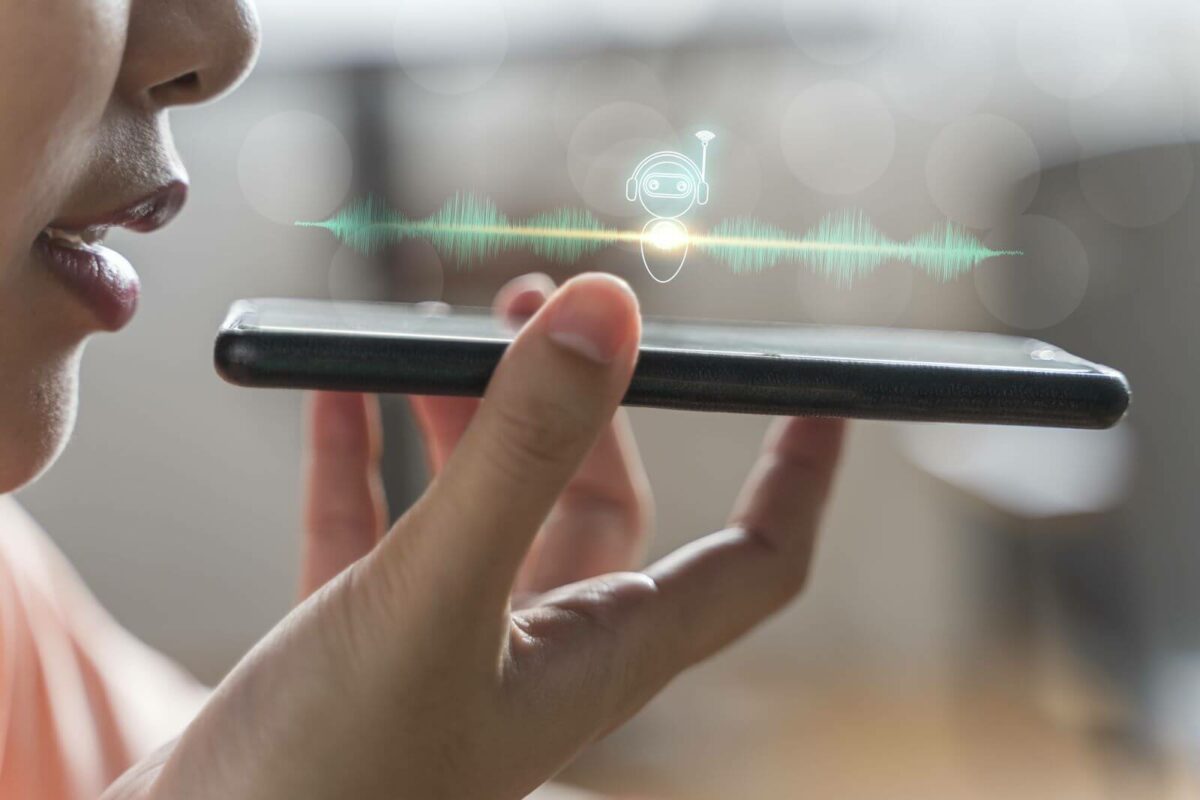When new technology is released, are you the first to jump at the opportunity to try it out, or are you more hesitant about these innovations? Although some people feel like new technology is an opportunity to try something new, others feel like it is more of a challenge, even wanting to put off trying it until others have vetted its utility. Why invest time into learning to use a technology that will quickly fall by the wayside. Indeed, many new forms of technology are quickly obsolete, so there is some wisdom in the cautious approach to new technology. However, one technology seems to be here to stay: Bluetooth. This wireless connectivity makes it possible to integrate two devices without any cables connecting them. You likely have seen or used Bluetooth speakers or headphones. By connecting your smartphone or computer to this device, you don’t need to remain tethered by a cord but can move freely through the world. When it comes to your hearing aids, Bluetooth is increasingly available in new models. This technology makes it possible to integrate your hearing aids with other devices, such as your smartphone. The connection works in at least two important ways. You can use your smartphone to control the settings on your hearing aids, and you can also send audio from your phone directly to your hearing aids, as well. Let’s take a look at these two important features, helping you decide if Bluetooth connectivity will be an important feature in the next hearing aids you purchase.
Controlling Hearing Aid Settings
In the past, many hearing aids had one manual dial to control the volume of the devices. This dial was a one-trick pony, simply turning up or down the volume on the unit. More advanced tweaks on the function of the hearing aids had to be performed by a professional. Bluetooth connectivity makes it possible to control the settings on your hearing aids in more ways than one. Not only can you turn up and down the volume, but you can also change other parameters and settings on your device. For instance, you might want to change the relationship between high-pitched sounds and lower-frequency sounds. In some places, you might know that certain machines, heaters, fans, or modes of transportation emit an annoying high-frequency sound. By using the app on your smartphone, you can turn down these high pitches relative to the others in the room. Other settings on your smartphone make a world of possibilities emerge, including reducing background noise and saving profiles for specific locations you frequent. With the touch of a button on the screen of your smartphone, you can recall places like the grocery store, office, family homes, or outdoor parks that require specific sonic assistance.
Streaming Media to Your Hearing Aids
Not only can you control the settings on your devices with the app on your smartphone, you can also use your hearing aids as a pair of Bluetooth earbuds, as well. In the first place, you can use your hearing aids as the receiver for phone calls and notifications from your phone. You won’t need to miss another call or text message due to the quiet ringer on your phone. Instead, you can have that notification go directly to your hearing aids. You can use your hearing aids to complete the phone call, as well, eliminating the difficulty to hold a phone to your ear. Not only is Bluetooth useful for notifications and calls, but you can stream all kinds of media to your hearing aids as if they were earbuds, including music, audiobooks, podcasts, and the sound for videos. With this sound coming directly to your aids, you can remain aware of acoustic sounds in the environment while also enjoying the media you love. If you are interested in Bluetooth connectivity in your next hearing aids, don’t hesitate to get in touch with our hearing health professionals. We can use a hearing test to determine if Bluetooth-equipped hearing aids are right for your needs and recommend some options for your next hearing aid purchase. We can also help you understand how to connect your devices and get started toward an integrated hearing experience.

